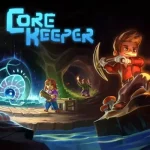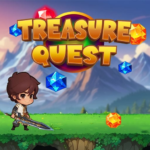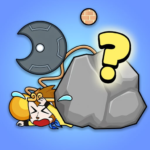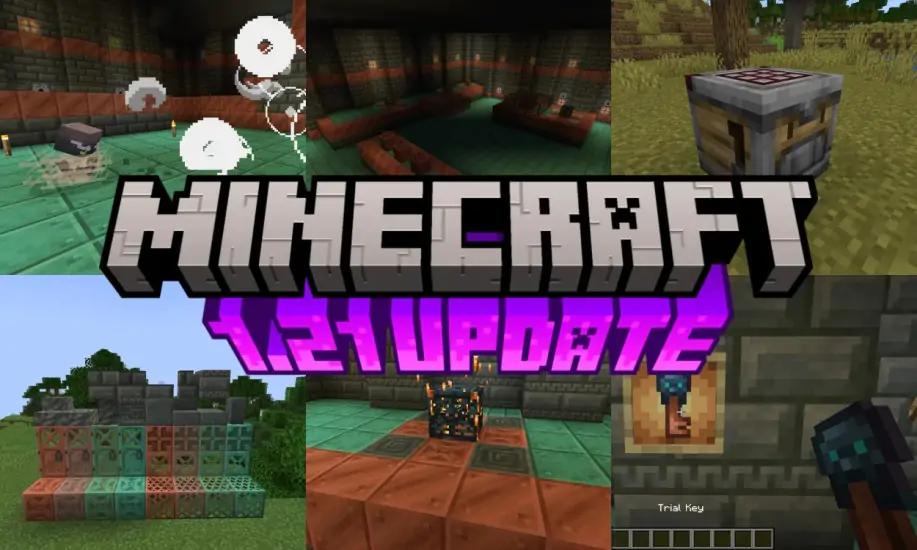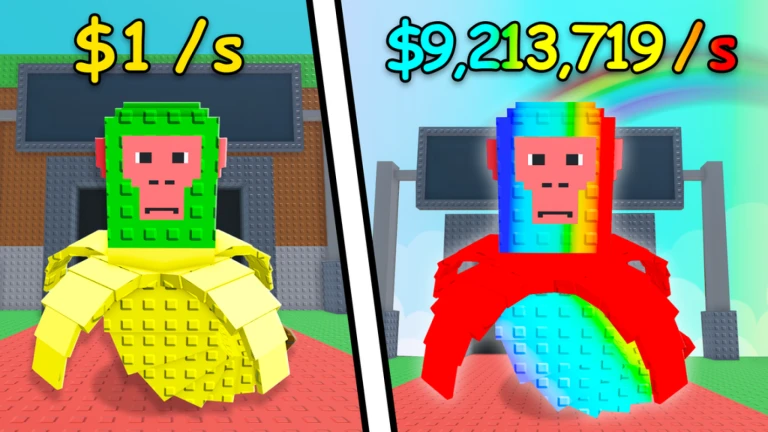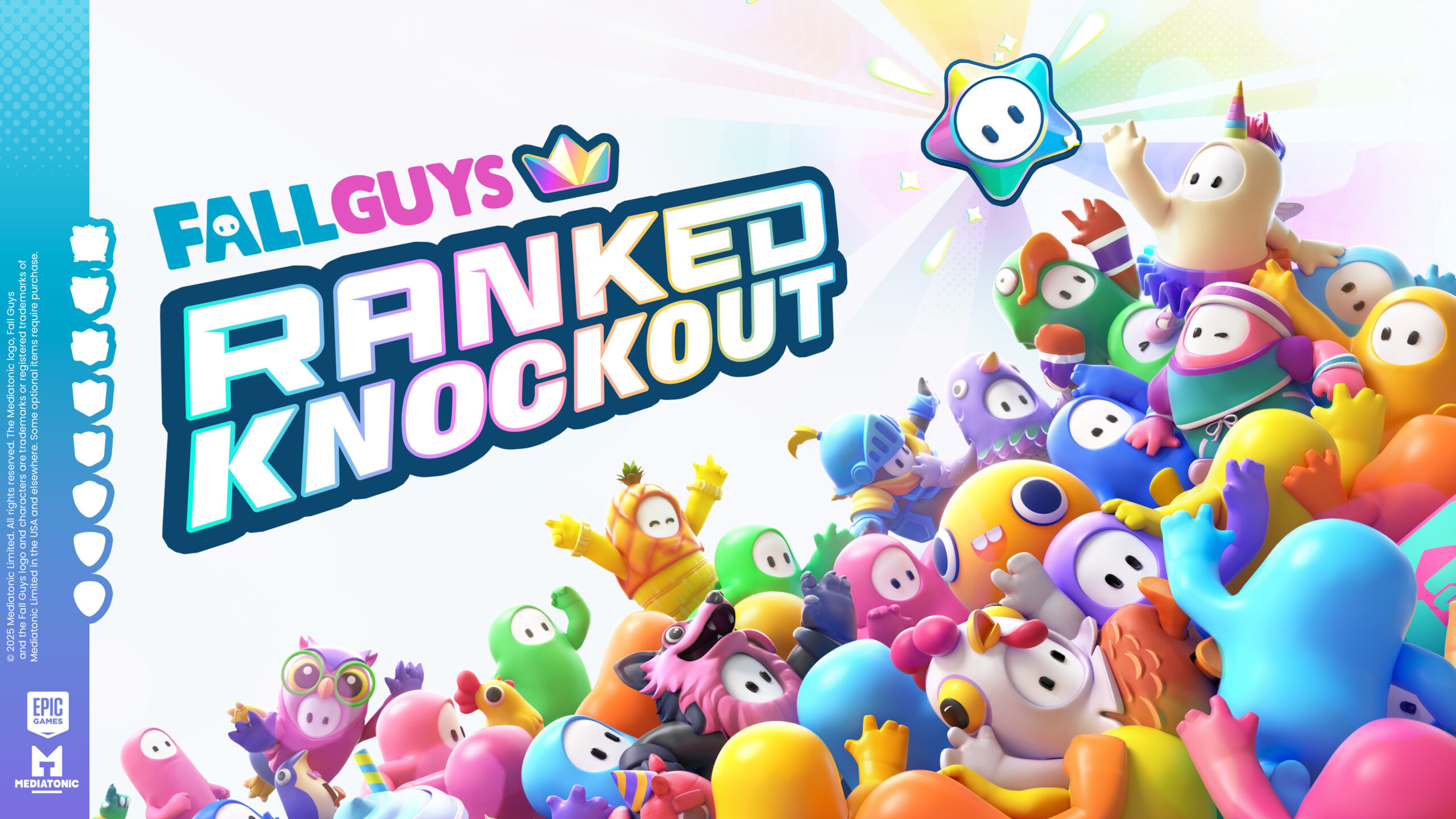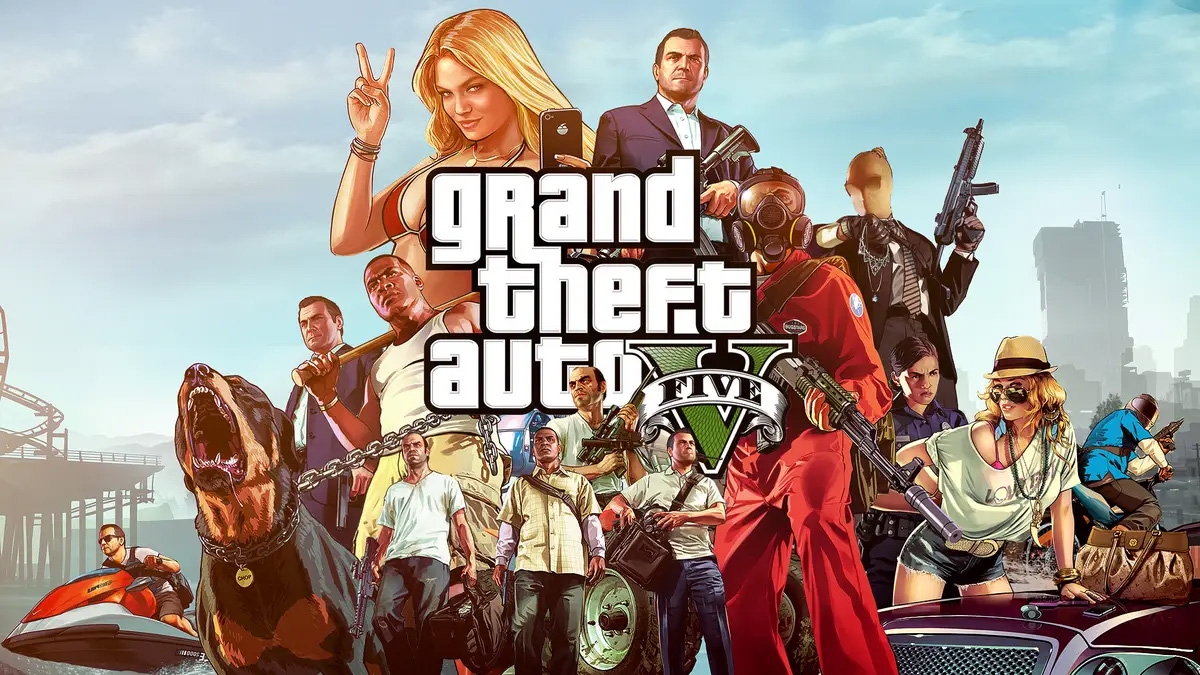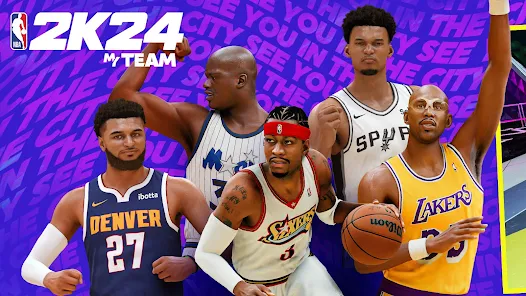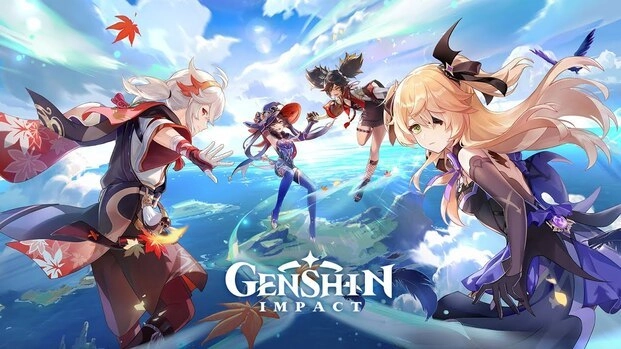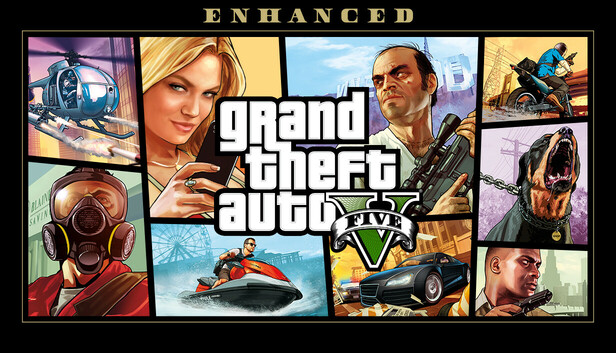Exploring League of Legends: A Comprehensive Overview
Introduction
League of Legends (LoL) is a multiplayer online battle arena (MOBA) game developed by Riot Games, released in October 2009. Over the years, it has become one of the most popular games globally, known for its strategic gameplay, diverse champion roster, and competitive eSports scene. Players assume the role of a "Summoner," controlling unique champions with distinct abilities in a bid to destroy the opposing team's Nexus. This article will delve into the gameplay mechanics, character diversity, cultural impact, community engagement, and overall legacy of League of Legends, providing an in-depth analysis for both newcomers and seasoned players.
The Concept of League of Legends
What is League of Legends?
League of Legends is a free-to-play game that blends elements of strategy, teamwork, and individual skill. Players engage in matches where two teams of five compete against each other on a map known as Summoner's Rift. The primary objective is to destroy the enemy's Nexus while defending their own. The game features a rich lore, with each champion having a backstory that ties into the larger universe of Runeterra.
Game Objective and Structure
In a typical match, players select their champions and work together to achieve objectives such as destroying towers, defeating powerful monsters, and securing map control. The game is structured in a way that encourages cooperation and coordination, as players must communicate effectively to strategize and outmaneuver their opponents. Matches can last anywhere from 20 to 50 minutes, depending on the strategies employed by the teams.
Gameplay Mechanics
Champion Selection
The game features a roster of over 150 champions, each with unique abilities and roles. Champions are categorized into five main roles: Top Lane, Jungle, Mid Lane, ADC (Attack Damage Carry), and Support. This variety allows players to find champions that suit their play style, whether they prefer aggressive damage dealers, tactical support, or tanky front-liners.
Map Dynamics
Summoner's Rift is divided into three lanes—Top, Mid, and Bot—along with a Jungle area. Each lane has towers that need to be destroyed to reach the Nexus. The Jungle is home to neutral monsters that provide buffs and experience when defeated. Understanding map dynamics is crucial for success, as players must navigate the terrain, control vision through wards, and make strategic decisions based on the evolving game state.
Itemization and Builds
Players can purchase items during matches to enhance their champions' abilities. Itemization is a critical aspect of League of Legends, as the right items can significantly impact a champion's effectiveness in combat. Players must adapt their builds based on the game situation, enemy champions, and their team's composition, adding a layer of strategy to the gameplay.
Champion Diversity and Roles
Diverse Champion Pool
The extensive roster of champions in League of Legends provides players with numerous options. Each champion has a unique set of abilities, allowing for varied strategies and play styles. This diversity ensures that no two matches are alike, as players can experiment with different champion combinations and team compositions.
Roles and Responsibilities
Understanding the roles within a team is vital for success. Each role has distinct responsibilities:
- Top Lane: Typically occupied by tanks or bruisers, responsible for soaking damage and controlling the lane.
- Jungle: Moves between lanes to assist teammates, secure objectives, and control the map.
- Mid Lane: Often played by mages or assassins, focusing on dealing damage and controlling the tempo of the game.
- ADC: A primary damage dealer in the bot lane, reliant on positioning and farm to scale into the late game.
- Support: Assists the ADC and provides utility through healing, crowd control, and vision control.
E-Sports and Competitive Scene
Rise of E-Sports
League of Legends has played a pivotal role in the rise of eSports, with professional leagues established across the globe. The League of Legends Championship Series (LCS), League of Legends European Championship (LEC), and other regional leagues have created a competitive ecosystem that showcases the best talent in the game.
Major Tournaments
The pinnacle of competitive League of Legends is the annual World Championship, where teams from various regions compete for glory and a substantial prize pool. This tournament attracts millions of viewers, demonstrating the game's massive global appeal. The production quality, commentary, and atmosphere of these events contribute to the excitement for fans.
Impact on Players and Teams
The competitive nature of League of Legends has led to the emergence of professional players and teams who dedicate their lives to the game. This commitment has transformed gaming into a viable career path for many, with sponsorships, salaries, and fan engagement becoming integral parts of the eSports landscape.
Community Engagement
Player Community
The League of Legends community is vast and active, comprising players from all demographics. Online forums, subreddits, and social media platforms serve as hubs for discussion, strategy sharing, and fan art. This engagement fosters a sense of belonging among players and encourages collaboration.
Fan Creations
The community's creativity is evident through fan art, music, and videos. Many players create content that celebrates their favorite champions or showcases impressive plays. This fan-generated content enhances the overall experience and contributes to the game's cultural impact.
Updates and Ongoing Development
Regular Patches
Riot Games continually updates League of Legends with balance changes, new champions, and features to keep the gameplay fresh and engaging. Regular patches address issues such as champion imbalances and emerging strategies, ensuring that the game remains competitive and enjoyable.
New Champions and Features
The introduction of new champions and gameplay features keeps the community excited. Each new champion brings unique abilities and play styles, allowing players to explore different strategies. Seasonal events and thematic updates also provide opportunities for players to engage with the game's lore and enjoy limited-time content.
Cultural Impact
Influence on Gaming Culture
League of Legends has significantly influenced gaming culture, setting standards for gameplay mechanics and community engagement. Its success has inspired other games to adopt similar models, creating a wave of MOBA titles that seek to replicate its formula.
Memes and Internet Culture
The game's characters, quotes, and moments have become a part of internet culture, spawning numerous memes and references across social media platforms. This cultural significance has solidified League of Legends as a recognizable entity beyond the gaming community.
The Future of League of Legends
Continued Growth
As League of Legends continues to evolve, players can expect ongoing support and updates from Riot Games. The commitment to maintaining a balanced and engaging game ensures that it will remain relevant in the gaming landscape for years to come.
New Projects and Expansions
Riot Games has also expanded the League of Legends universe through spin-off games, animated series, and comics. Projects like
Arcane, the animated series on Netflix, have introduced the lore and characters to a broader audience, further solidifying the franchise's cultural significance.
Conclusion
League of Legends has established itself as a cornerstone of the gaming industry, combining strategic gameplay, engaging narratives, and a vibrant community. Its impact on eSports and gaming culture is undeniable, and its continuous evolution ensures that it remains a relevant and exciting title. Whether you're a newcomer or a veteran player, League of Legends offers a rich and rewarding experience filled with challenges, camaraderie, and endless possibilities.

